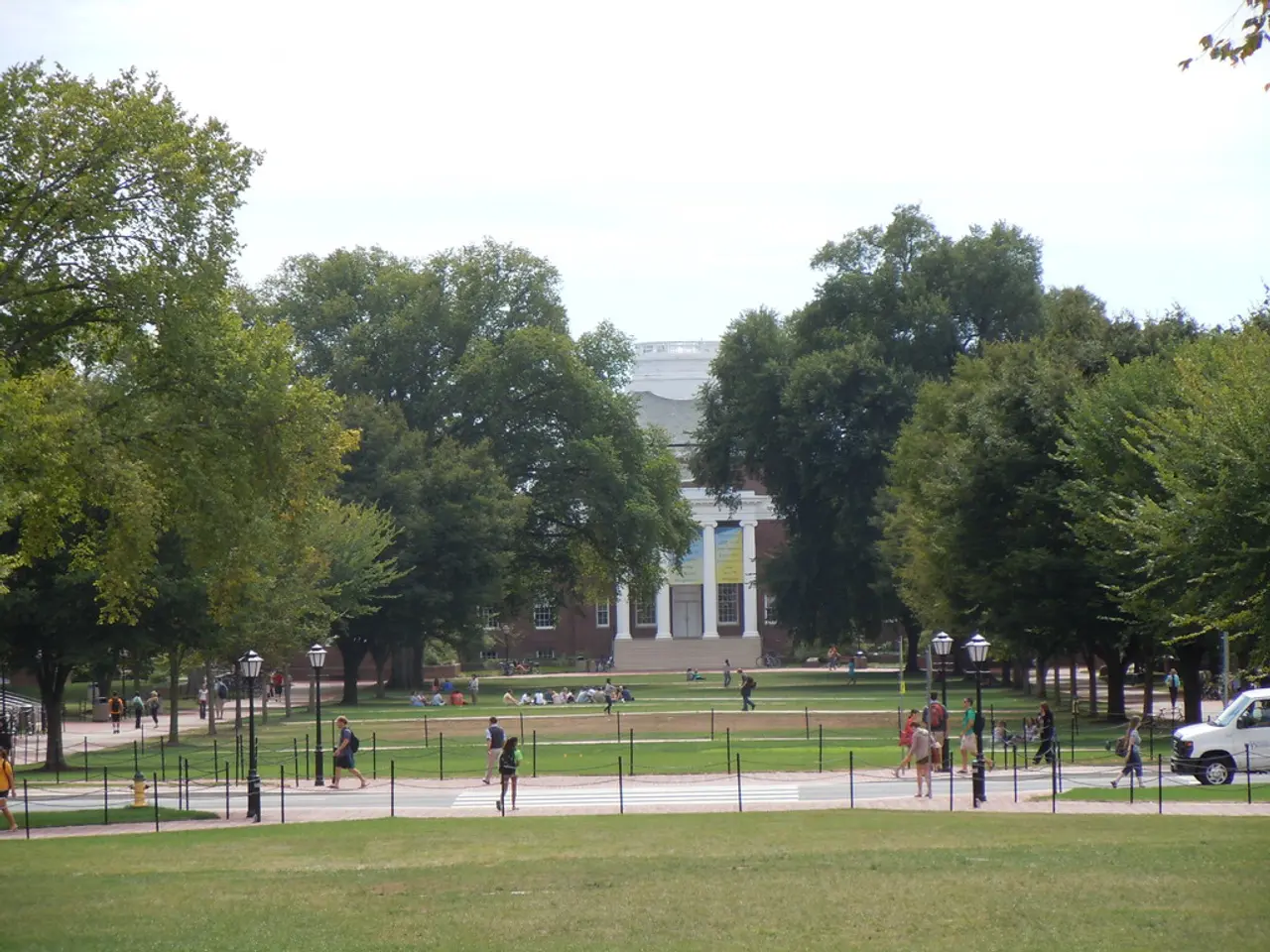Colleges and universities should prepare a "Trump Response Strategy"
In the midst of the Trump administration's dismantling of environmental offices across the federal government and the growing debate about whether to avoid "trigger words" like "climate change" in university projects, institutions of higher education are showing remarkable resilience and adaptability.
Universities are navigating these challenges by seeking financial incentives from newer legislation, such as the 2022 Inflation Reduction Act's clean energy tax credits, to advance their climate goals despite federal regulatory rollbacks. This strategic approach allows colleges and universities to tap into financial resources and achieve cost savings, boosting their sustainability efforts.
Another key strategy is engaging with state and local governments. As the federal administration has reduced environmental oversight, many states have reaffirmed their commitment to environmental justice and sustainability, creating opportunities for universities within those states to align with state-led initiatives rather than relying on federal programs weakened or removed by the Trump administration.
Internal transparency and structural adaptation are also crucial for universities. Researchers and faculty experts like Jason Owen-Smith emphasise the need for increased transparency about risk and decision-making processes to strengthen institutional resilience against aggressive federal policies.
Collaboration through non-governmental organisations and networks is another vital strategy. Universities often collaborate with climate-focused groups like Second Nature and the Aspen Institute’s Higher Ed Climate Action initiative, leveraging such networks to share best practices, advocate for climate policies, and maintain momentum on sustainability goals regardless of federal policy shifts.
Despite these efforts, universities face existential and financial pressures from Trump administration policies affecting research funding and regulatory environments. Dana R. Fisher, director of the Center for Environment, Community and Equity at American University, warns that the Trump administration's anti-clean energy policies are just getting started. However, she also discusses the potential for anger to motivate people to action on climate change.
In the face of these challenges, universities are forming rapid response teams to confront political threats and are recognising success in reducing emissions and fighting climate change. For instance, Central Community College in Hastings, Nebraska, runs campuses entirely on wind and solar energy.
University officials are also discussing strategies for moving beyond net neutrality and further reducing carbon emissions. Institutions like Duke University are engaging all 10 of its schools in climate action, while Loyola University of Chicago is partnering on projects that provide unionized jobs for local residents, aligning climate action with its social justice mission.
However, universities may have to pick their battles and let some work go as federal dollars for clean energy disappear. Students at the University of Connecticut express frustration with university inaction on climate change, and sustainability coordinators like Sydney Collins urge universities to listen to student concerns about climate change.
In summary, universities are demonstrating remarkable resilience and adaptability in the face of the Trump administration’s efforts to undo environmental action. By seeking financial incentives from newer legislation, aligning with state-level environmental policies, fostering internal strategic transparency, and relying on collaborative networks, universities are continuing to advance climate action initiatives despite federal setbacks.
- Universities are adapting to federal regulatory rollbacks by pursuing financial incentives from new legislation like the 2022 Inflation Reduction Act's clean energy tax credits, thereby boosting their sustainability efforts and saving costs.
- Engaging with state and local governments is a key strategy for universities, as many states have reaffirmed their commitment to environmental justice and sustainability, providing opportunities for universities to align with state-led initiatives.
- Internal transparency and structural adaptation are crucial for universities, with experts like Jason Owen-Smith emphasizing the need for increased transparency about risk and decision-making processes to strengthen institutional resilience against aggressive federal policies.
- Collaboration with non-governmental organizations and networks, such as Second Nature and the Aspen Institute’s Higher Ed Climate Action initiative, allows universities to share best practices, advocate for climate policies, and maintain momentum on sustainability goals.
- Despite federal pressure on research funding and regulatory environments, universities are forming rapid response teams, reducing emissions, and partnering on projects that align climate action with social justice missions, like providing unionized jobs for local residents.




